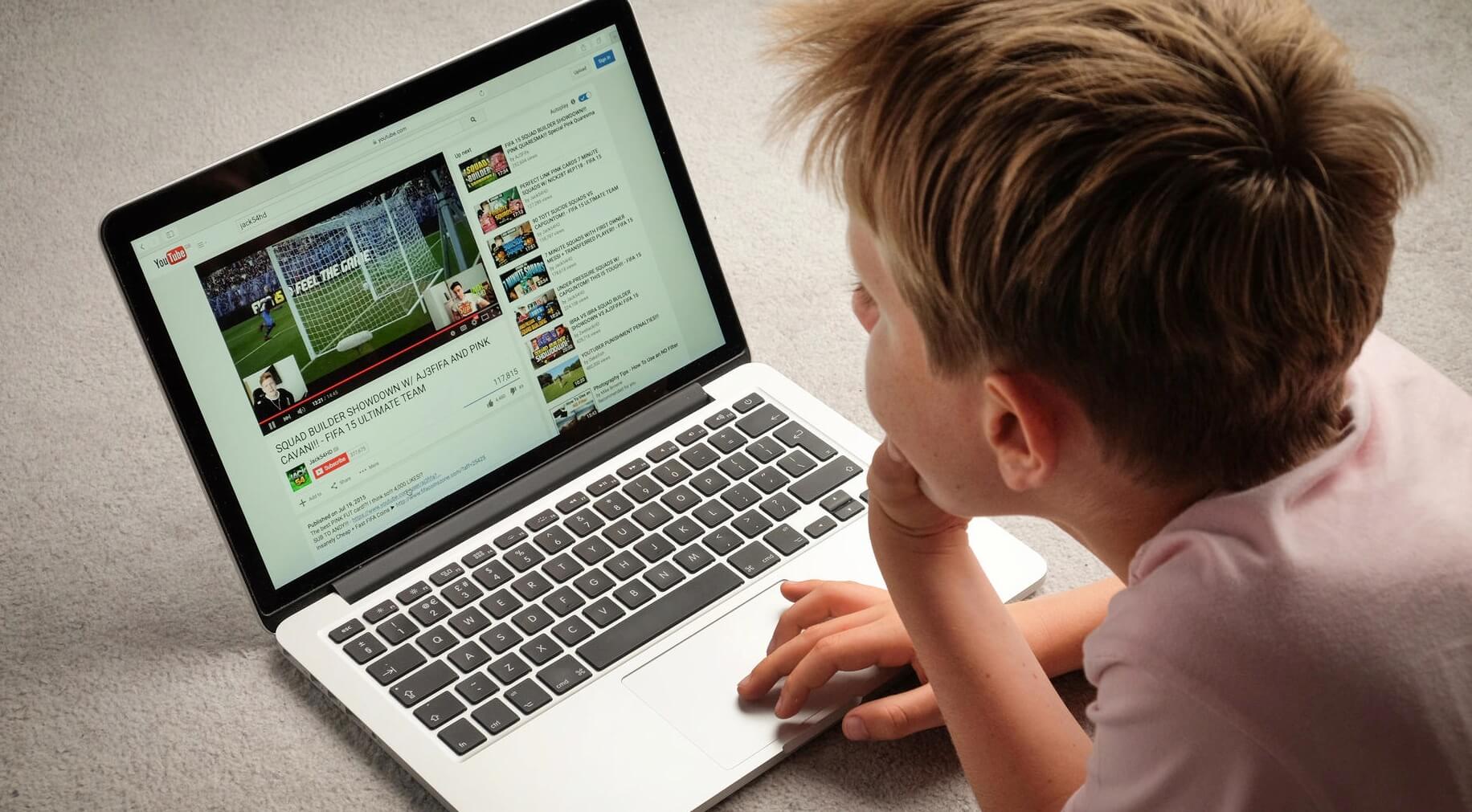Why it matters: YouTube has been trying to navigate the privacy waters after it was hit with a $170 million fine for violating COPPA. Since then, it has mandated that channel owners specify if their videos are made for children. However, this change has huge ramifications for the bottom line of content creators, particularly those who cater to children.
Back in September, YouTube and parent company Google were hit with a massive $170 million fine for violating the Children's Online Privacy Protection Act (COPPA). In response, YouTube announced changes to how the company collected data on children's content. Today, the video streaming giant is rolling those changes out globally.
Starting today, all content creators will be required to label their videos as either "made for kids" or "not made for kids". Videos that are labeled "made for kids" will have limited data collection and restrict certain features such as comments and notifications. Targeted ads will also be restricted from running. While creators are required to label videos, YouTube says they will also employ machine learning to find videos aimed at a younger audience.
The company will also be heavily promoting YouTube Kids, a more restricted version of YouTube with content filters and parental controls.
When YouTube first announced these changes last year, there was a massive outrage around the YouTube community as to how this would affect revenue streams, particularly for those creators who make kid-friendly content. Restricting targeted advertising means creators are severely limited on revenue from ads. Additionally, because notifications are turned off, many subscribers won't even know if their favorite creator has uploaded a video unless they monitor their subscription box. If people don't know a new video was uploaded, they won't watch the video which means the creator loses viewership and additional revenue.
Even if creators mark their videos as "not for kids", advertisers may be less willing to run targeted ads on videos considered mature due to language or violence.
What's more concerning is that it's up to the FTC to ultimately decide what constitutes "made for kids". The FTC defines it as being intended for kids based on the subject matter, age of the people in the videos, the presence of child celebrities or celebrities who appeal to children, and other factors. Violations of COPPA by content creators could mean fines up to $42,530. However, the FTC does note that it considers various factors including the financial condition of the channel and if the fine would put the channel out of business.
That said, the difference between videos specifically made for children and those that are child-friendly is still a bit dubious. Minecraft, Fortnite, and Roblox are some of the most popular games on YouTube. Many of them are not necessarily aimed specifically at children but are family-friendly. YouTube recommends that creators seek their own independent legal counsel in order to work through issues.
